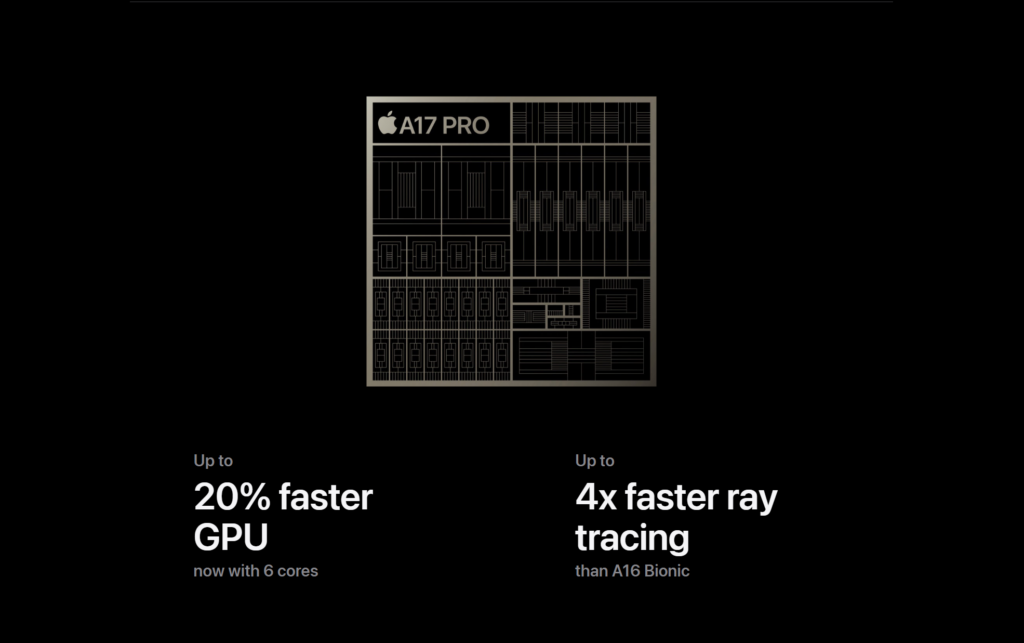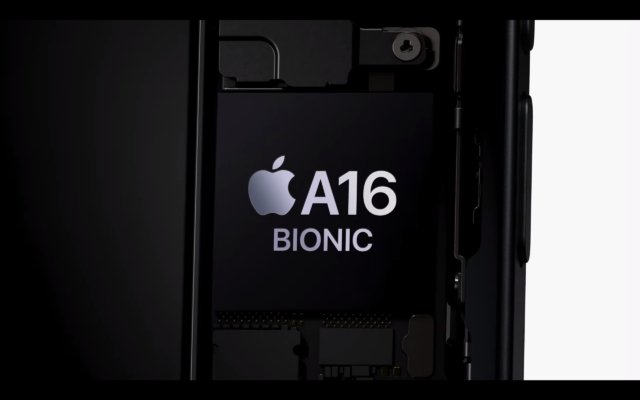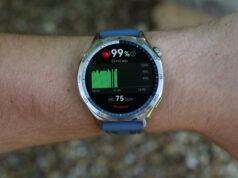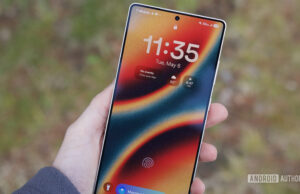Apple has launched its most powerful smartphone chip yet, with the Apple A17 Pro slapped inside both the iPhone 15 Pro and iPhone 15 Pro Max.
Given all of the power stuffed inside the new processor, you may well be wondering how it stacks up against the M2 chip, which powers the iPad Pro, MacBook Air and Mac Mini.
We’ve created this comparison guide to explain the key differences between the Apple A17 Pro and Apple M2 processors, so keep scrolling down for the full breakdown.
512GB Apple Mac Mini with M2 chip
Amazon is offering more than £70 off the uber-compact, uber-powerful 2023 Mac Mini with a very reasonable 512GB storage.
- Amazon
- Was £849
- Now £776
The Apple A17 Pro uses 3nm architecture
The first thing to note is that the Apple A17 Pro and Apple M2 are built on different processor architecture, with so many differing qualities that it’s a bit like comparing apples to oranges.
It’s still worth pointing out that Apple has moved onto a new 3nm process node for the Apple A17 Pro, boosting the efficiency compared to all of the company’s preceding chips. The move to a smaller process node allows Apple to cram on more transistors, which dictate performance, with the A17 Pro packing 19 billion of them compared to the 16 billion on the older A16 Bionic chip.
As for the Apple M2 chip, it’s still using a larger, less efficient 5nm process node. But since the M2 chip has a larger die than the A17 Pro, as it’s designed for bigger devices such as tablets and laptops, Apple has been able to fit on a whopping 20 billion transistors.
This suggests that the M2 chip will retain a performance lead over the Apple A17 Pro, although the gap is smaller than many people may expect. That could change once the Apple M3 chip launches, as it’s also expected to embrace a 3nm node to allow Apple to increase the number of transistors for its base Mac processor.
Apple M2 has more CPU cores
It’s not just the processor architecture that dictates performance, as the number of CPU cores are used to scale the performance – a greater number of CPU cores will improve the processing power.
The Apple M2 has an 8-core CPU, while the Apple A17 Pro has a 6-core CPU instead. It’s also important to note that not every core is the same. For the M2, Apple uses 4 performance cores and 4 efficiency cores.
With the Apple A17 Pro, Apple is prioritising energy efficiency instead, which makes sense since battery life is so important for a smartphone. The new chip features 4 efficiency cores and 2 performance cores. This once again demonstrates that the Apple M2 is likely to be the more powerful processor, although the A17 Pro will likely be more power efficient.

Apple M2 has more GPU cores
The Apple M2 likely offers more graphical grunt than the Apple A17 Pro thanks to the inclusion of an 8-core/10-core GPU, with the quantity depending on which Apple device you purchase. A powerful GPU is most valuable for tasks such as gaming and video editing, and so it makes sense that a chip designed for laptops takes the lead here.
The Apple A17 Pro is no slouch in this department though, with a new 6-core GPU. Apple claims the GPU is powerful enough to run games such as Death Stranding, Assassin’s Creed Mirage and Resident Evil 4 Remake natively, which is unheard of when it comes to smartphones.
The Apple A17 Pro is also the first Apple-made chip to officially support hardware-accelerated ray tracing, so it does have one advantage over the M2 when it comes to gaming. But we’re sure new Macs will also benefit from this upgrade once the M3 chip arrives.









